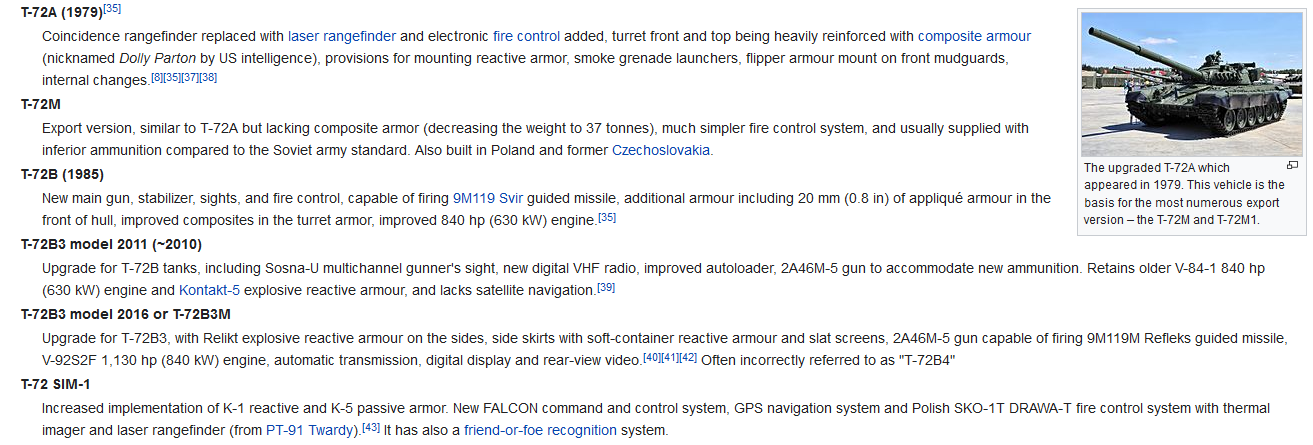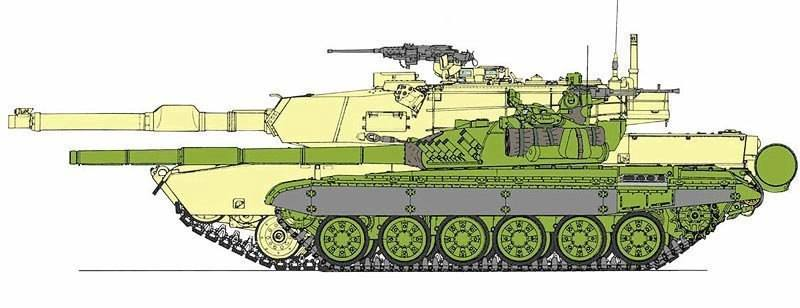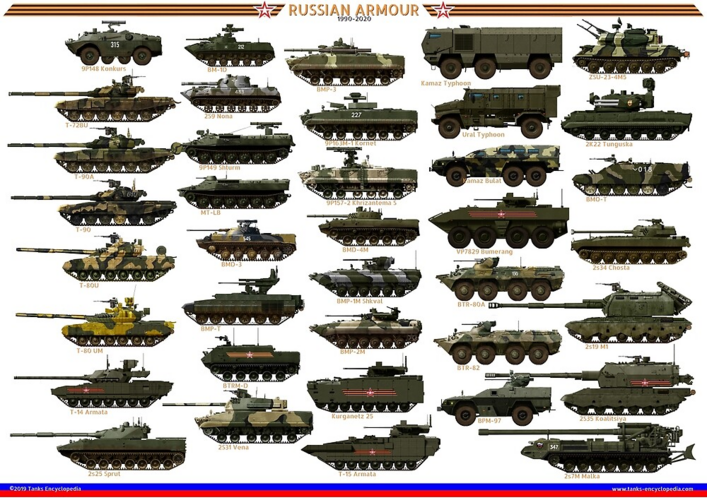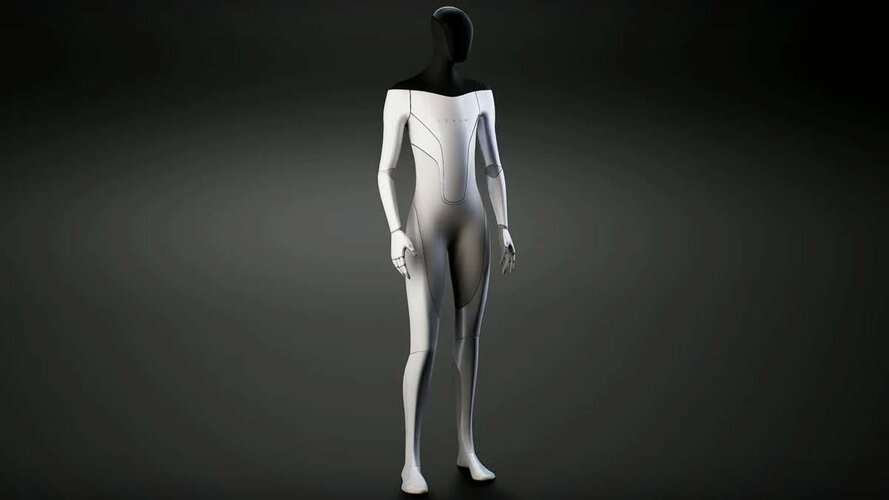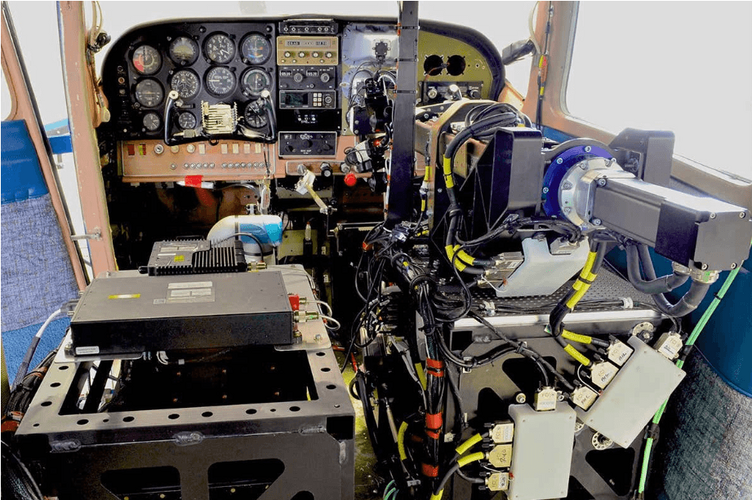shin_getter
ACCESS: Top Secret
- Joined
- 1 June 2019
- Messages
- 1,110
- Reaction score
- 1,495
The recent war really invalidated the design of the T-72, put future supportability in question and show cased unimpressive performance in general
The demonstrated Performance rhetoric (actual performance is fixed, the discussion surround it changes):
1. Graphic videos of losses is available to all. There isn't even the "monkey model" cope to work with. The prestige of Russia and its equipment just goes down. Can dictators even impress subjects with these tanks now?
2. There is lack of visible battlefield success in contrast to losses. The best OSINT showing of these vehicle in action is being used as an assault gun shelling random structures.
3. The so called "immunity to ATGM" rhetoric of the 2014 conflict evaporated with a generation of upgraded weapons. The 2014 so called "only a tank can survive artillery" rhetoric just translated to just fire more shells with better accuracy and everything dies.
4. The ability to transverse mud is shown overrated as videos of stuck tanks abound. The ability to ford rivers is shown to be rather impractical with multiple crossings destroyed without utilizing this capability.
Design is shown to be questionable even within the context of tanks:
1. Low profile design that took a number of sacrifices to achieve is shown to be of low value. "Cope Cages" that adds a tiny amount of top attack protection is considered acceptable for giving up low profile.
2. Hull ammo storage explosions is now public knowledge to layman
3. In an long range precision strike regime, heavily front biased armor is questionable as artillery induced losses grow.
Support for long term ownership is looking shaky:
1. Russia is sanctioned and will remain so for a while.
2. East Europe is quickly moving into NATO standards and will not fund upgrade packages.
3. No workable APS system is expected in the near future.
----------------------
The thing to think about is that a military vehicle does not retire when it can not longer performance its claimed function. It is retired when people think it can't, and most politicians don't decide on rational calculus of national military capability.
In any case:
The T-72 is at a low point in attractiveness. What will be done in future by all the foreign owners of the tank?
Retire and replaced with some other MBT
Retire and replaced with some other AFV with supposedly same capability
Retire without replacement
Retained without changes (T-72 in 2072~~~)
Some kind of upgrade to deal with the worst features of the tank
Retained but with reduced priority
The demonstrated Performance rhetoric (actual performance is fixed, the discussion surround it changes):
1. Graphic videos of losses is available to all. There isn't even the "monkey model" cope to work with. The prestige of Russia and its equipment just goes down. Can dictators even impress subjects with these tanks now?
2. There is lack of visible battlefield success in contrast to losses. The best OSINT showing of these vehicle in action is being used as an assault gun shelling random structures.
3. The so called "immunity to ATGM" rhetoric of the 2014 conflict evaporated with a generation of upgraded weapons. The 2014 so called "only a tank can survive artillery" rhetoric just translated to just fire more shells with better accuracy and everything dies.
4. The ability to transverse mud is shown overrated as videos of stuck tanks abound. The ability to ford rivers is shown to be rather impractical with multiple crossings destroyed without utilizing this capability.
Design is shown to be questionable even within the context of tanks:
1. Low profile design that took a number of sacrifices to achieve is shown to be of low value. "Cope Cages" that adds a tiny amount of top attack protection is considered acceptable for giving up low profile.
2. Hull ammo storage explosions is now public knowledge to layman
3. In an long range precision strike regime, heavily front biased armor is questionable as artillery induced losses grow.
Support for long term ownership is looking shaky:
1. Russia is sanctioned and will remain so for a while.
2. East Europe is quickly moving into NATO standards and will not fund upgrade packages.
3. No workable APS system is expected in the near future.
----------------------
The thing to think about is that a military vehicle does not retire when it can not longer performance its claimed function. It is retired when people think it can't, and most politicians don't decide on rational calculus of national military capability.
In any case:
The T-72 is at a low point in attractiveness. What will be done in future by all the foreign owners of the tank?
Retire and replaced with some other MBT
Retire and replaced with some other AFV with supposedly same capability
Retire without replacement
Retained without changes (T-72 in 2072~~~)
Some kind of upgrade to deal with the worst features of the tank
Retained but with reduced priority

